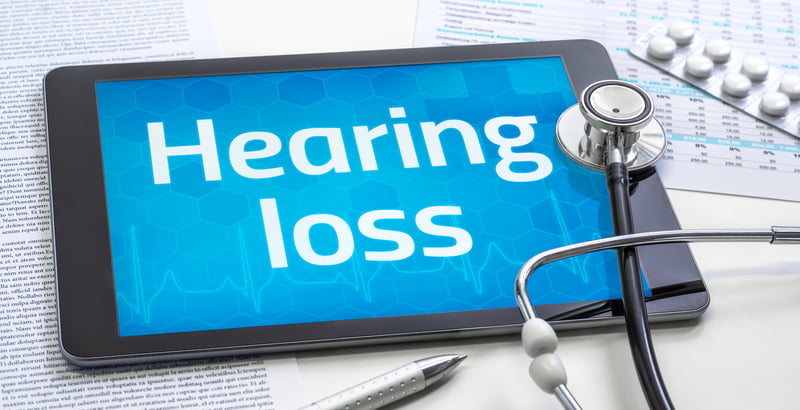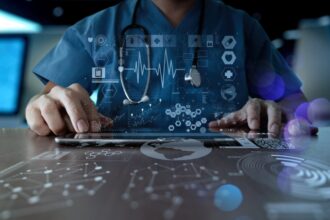The number of people that are struggling with hearing damage and tinnitus is still increasing. Over 12% of people over the age of 12 have hearing loss. Despite awareness campaigns, prevention measures, and regulations, most people do not adopt healthier behavior.
Unfortunately, hearing loss can significantly affect your daily life. You need to make sure that you avoid it by following safe listening practices.
Safe listening means lowering the volume of headphones or wearing earplugs to a music festival, concert, or other entertainment venue. Ear surgeons are close to despair because prevention and awareness campaigns against hearing damage seem not effective at all.
Hearing loss is a gradual process
The problem with raising awareness about hearing loss is that most people don’t realize it’s a gradual process. People only become aware of the risks when noticeable hearing loss or tinnitus. Noise-induced hearing loss is almost unnoticeable. You will not immediately be deaf, but you will have less hearing range, starting only in the high frequencies and worsening every time you are exposed to loud sounds for too long. People with noticeable hearing loss don’t even want to admit it. They often blame people for talking unclear and won’t believe you when you tell them the television volume is loud. There are a number of everyday things that they do to create this problem.
Over 10% of adults suffer from tinnitus.
Tinnitus occurs when the tiny hair cells – that transmit sound signals to your brain – are not functioning well. In most cases this is caused by overexposure to sound, but the damaged hair cells can also have different causes. For example, at a music festival or concert, the volume is 105 decibel or more. This means you risk hearing damage after 5 minutes. Most of the crowd will get hearing damage, whether they notice it or not. You’ll know if you have ringing ears after a festival visit or a night out. The buzzing, whistling, or beeping tone in your ears means hearing cells are damaged. If these phantom tones stay, you have tinnitus. Over 10% of adults suffer from light to severe tinnitus, and these numbers seem to be increasing despite all the awareness campaigns.
Earplugs that preserve sound quality and experience
Many young people would rather risk hearing damage because they think earplugs come at the expense of the sound quality and experience of live music. New innovations with quality sound filters and cool designs help increase the popularity of earplugs. Manufacturers like Shush Earplugs have taken away the resistance by developing a ceramic filter with a venturi-shaped sound channel that preserves the sound with minimal distortion. These earplugs are perfect for music festivals, concerts, and other loud venues. The significant advantage of earplugs like this is that you will still feel the loud bass through your body. Combined with the sound quality, the experience of live music is the same.
Hearing loss from headphones
The popularity of concerts and festivals with high volumes is a popular scapegoat within most awareness campaigns. But next to loud music at entertainment venues, noise-induced hearing loss among young people is often caused by unsafe behavior when using headphones or other personal audio devices. Some young people wear headphones all day long, at home when gaming or listening to music on the bus or during school work.
Too long, too loud
The risk of hearing loss depends on the level (loudness), duration (time period), and frequency of exposure to loud sounds. Many audio devices have built-in warnings or notifications to prevent over exposure. The volume is visually in red but people are able to ignore or even disable and still listen to music at high volume for too long. And of course, the more hearing loss, the louder the volume. That doesn’t help either.
Protection and prevention
To stop the rise of people suffering from hearing loss and/or tinnitus, we need to think about how to change the behavior regarding safe listening. Especially for young people, it doesn’t work to make them aware of the risks. It is a similar struggle as to convince them to use condoms against sexually transmitted diseases, wear face masks during the pandemic or use sunscreen against UV rays. They need to realize that ringing ears already means hearing damage. Audio devices should not be able to let warnings get ignored or even disabled. And earplugs should probably be mandatory when music is above 85 decibels.







